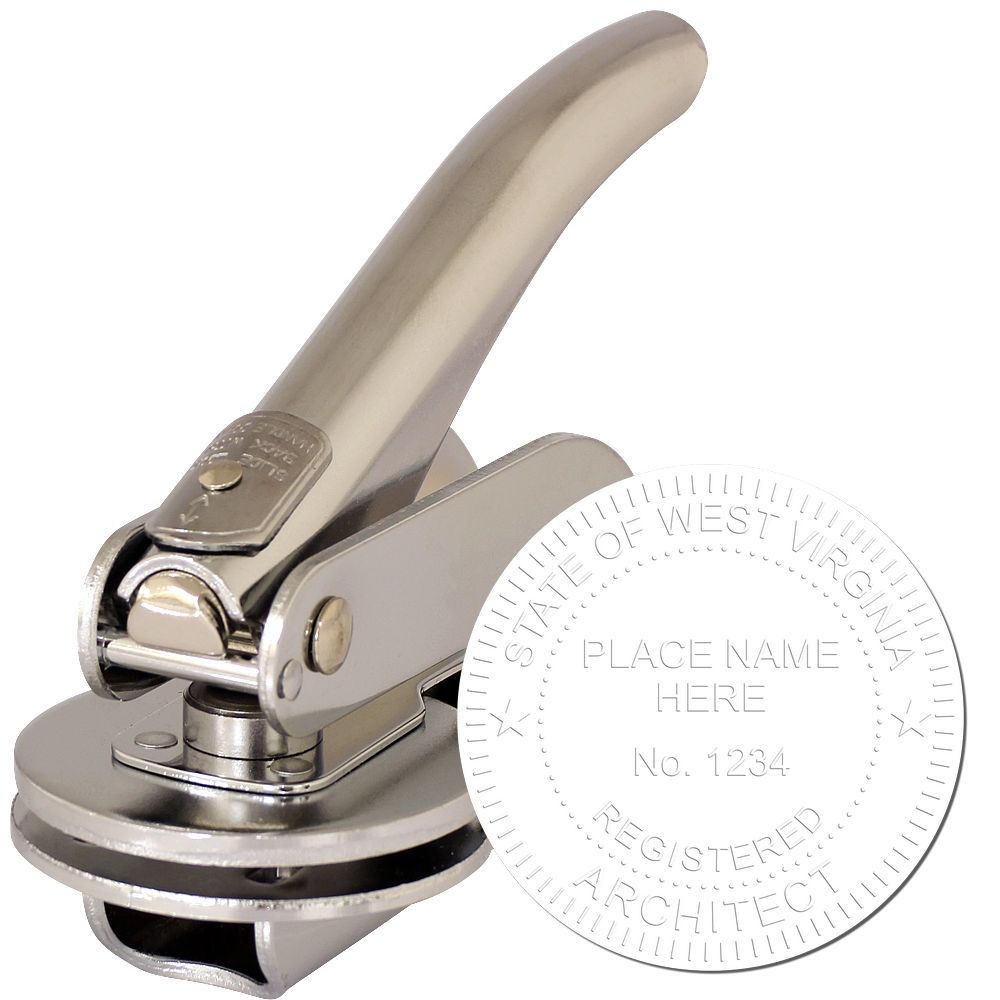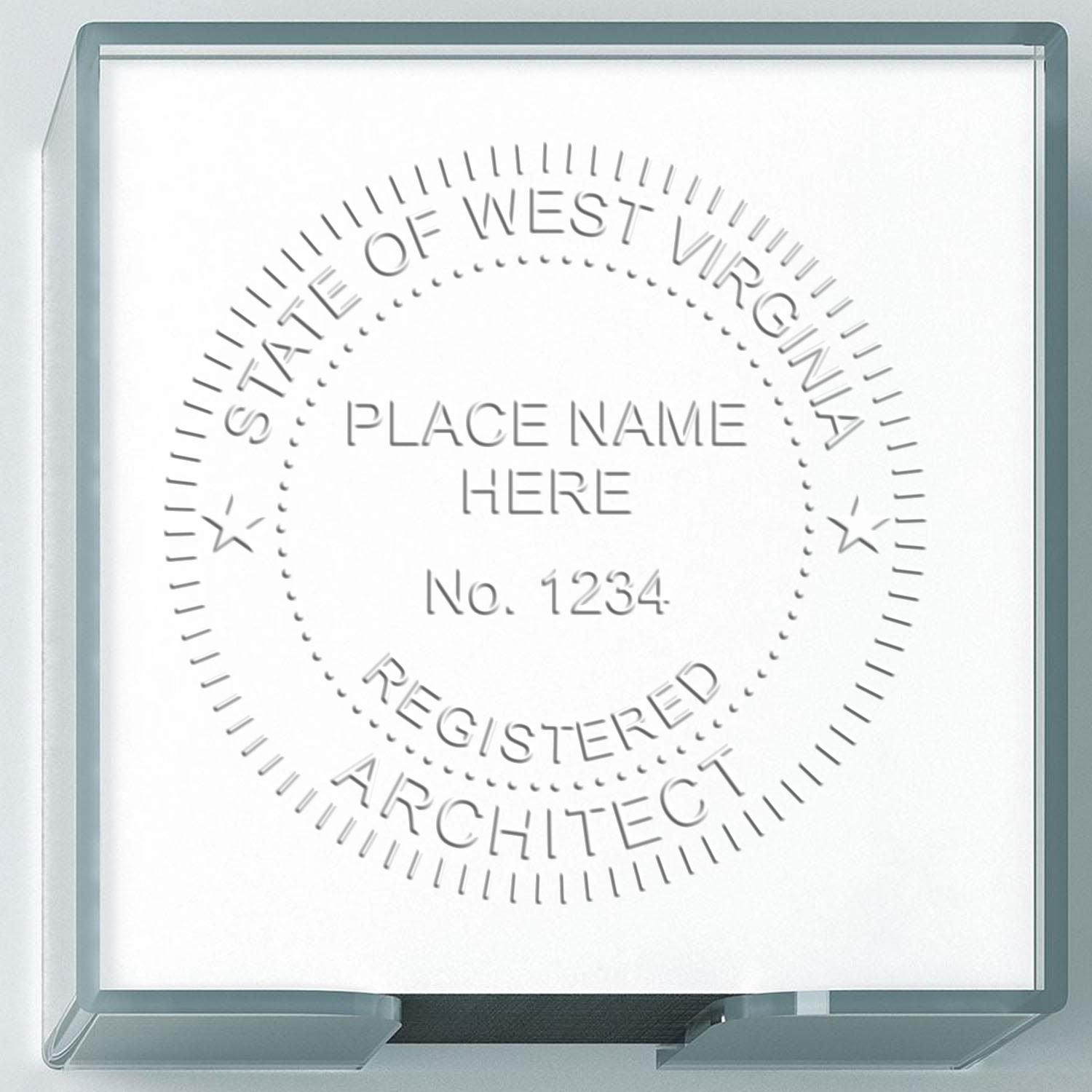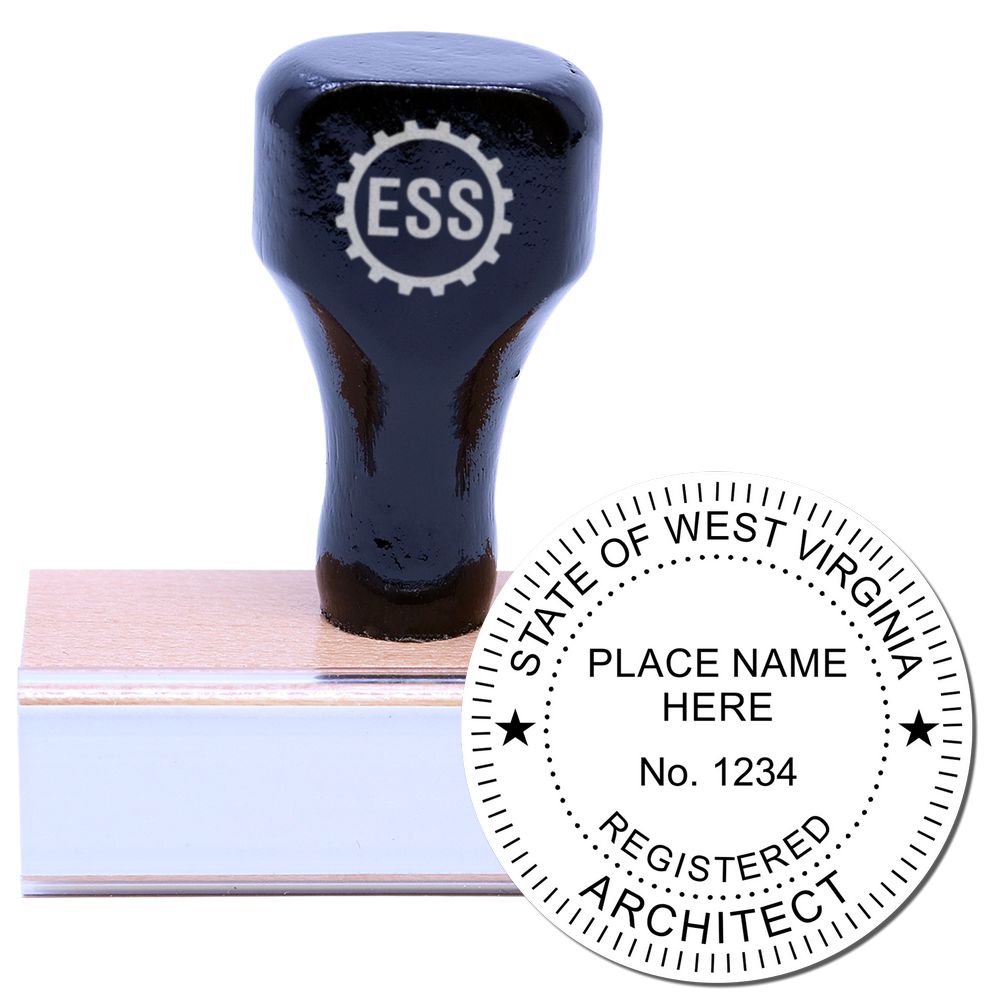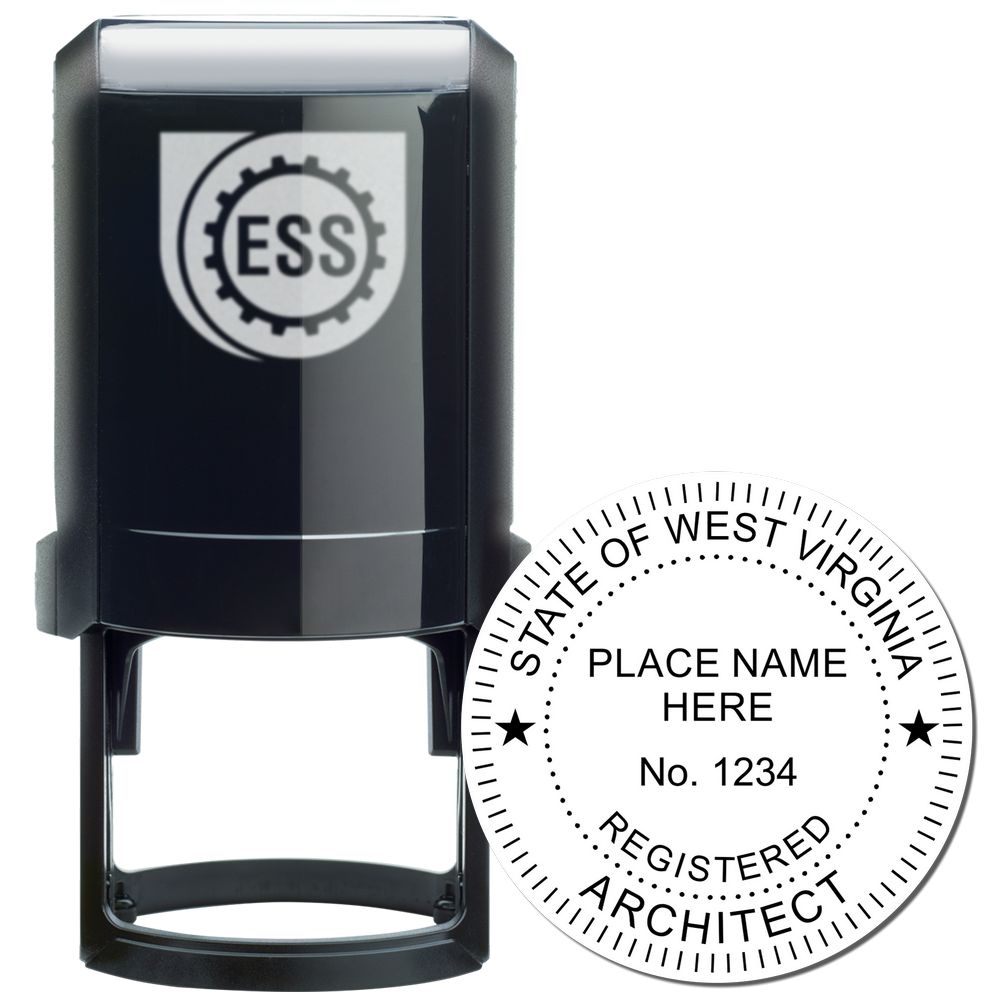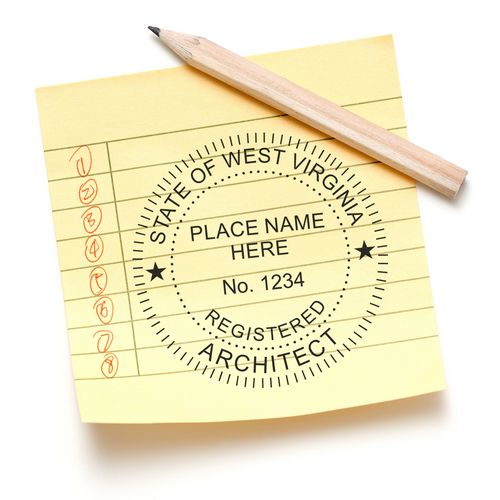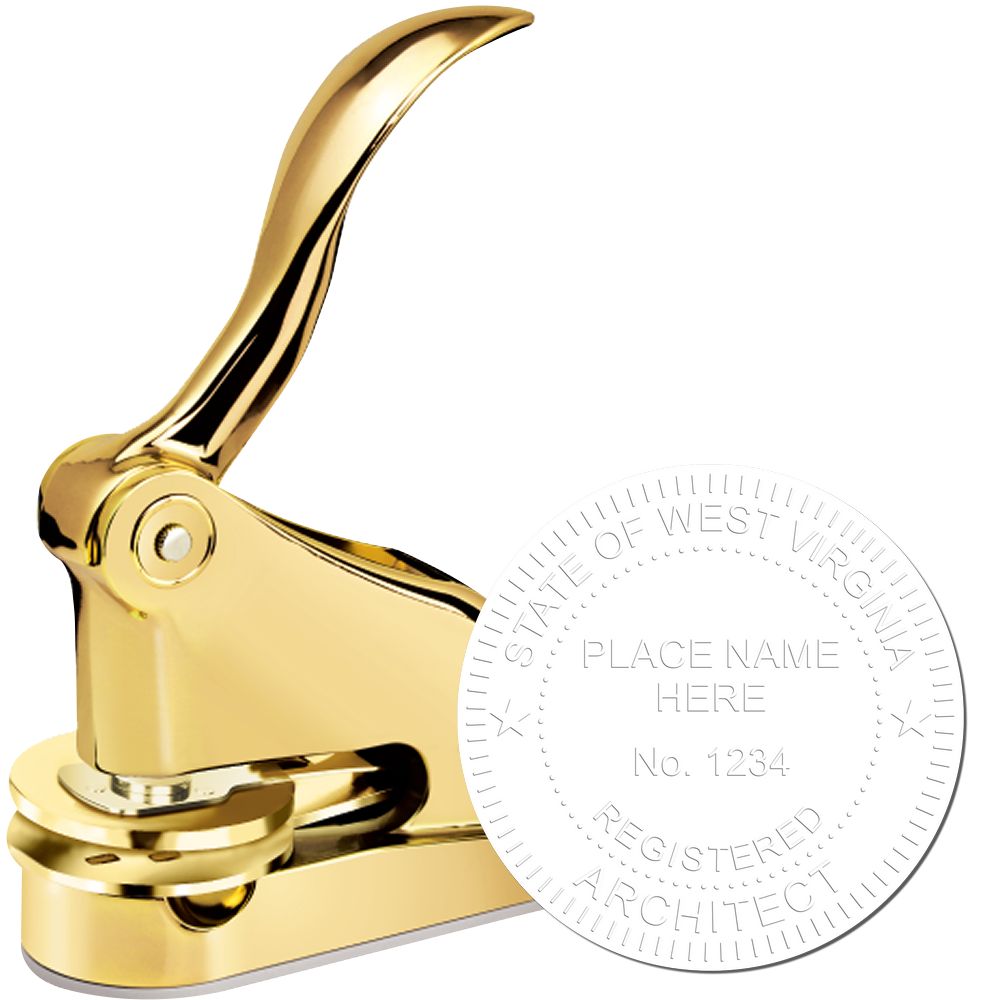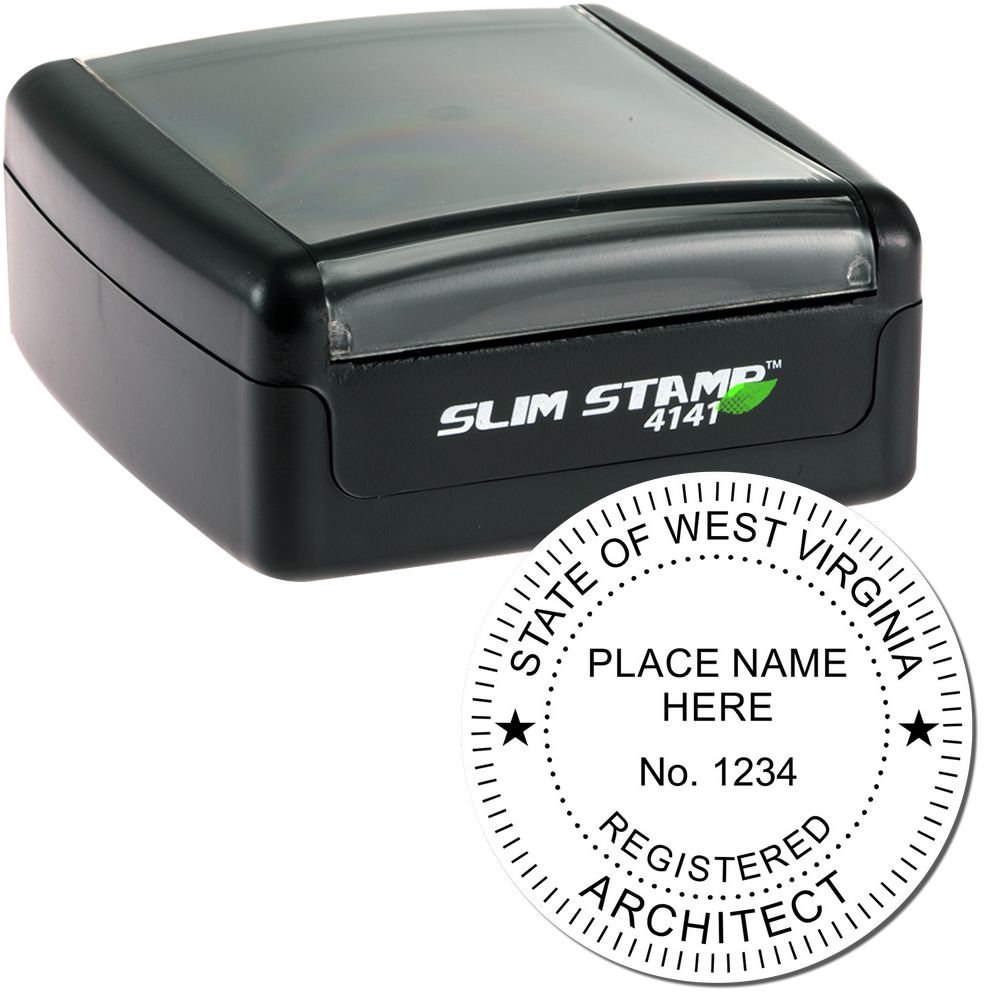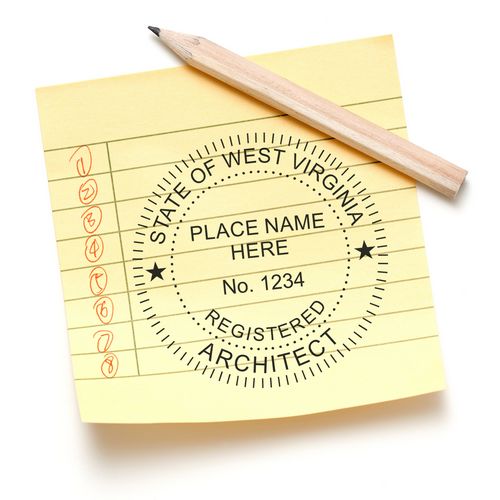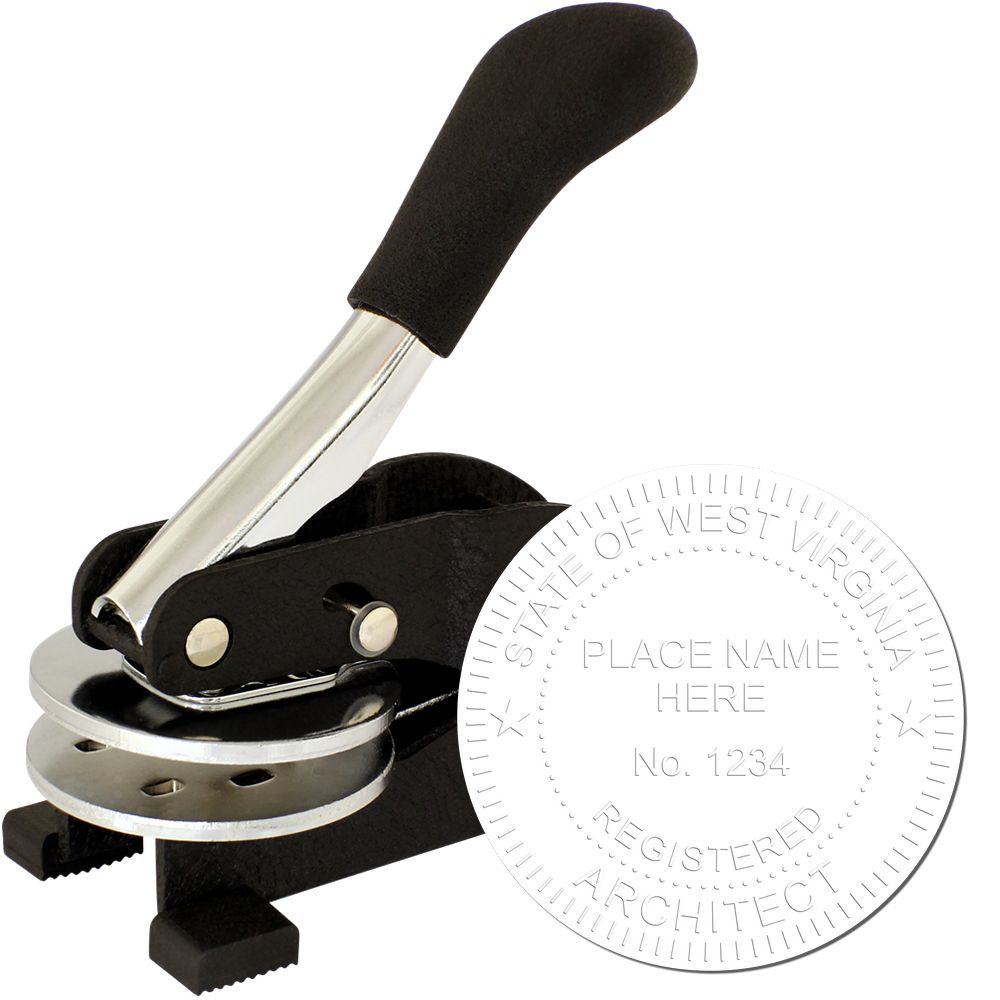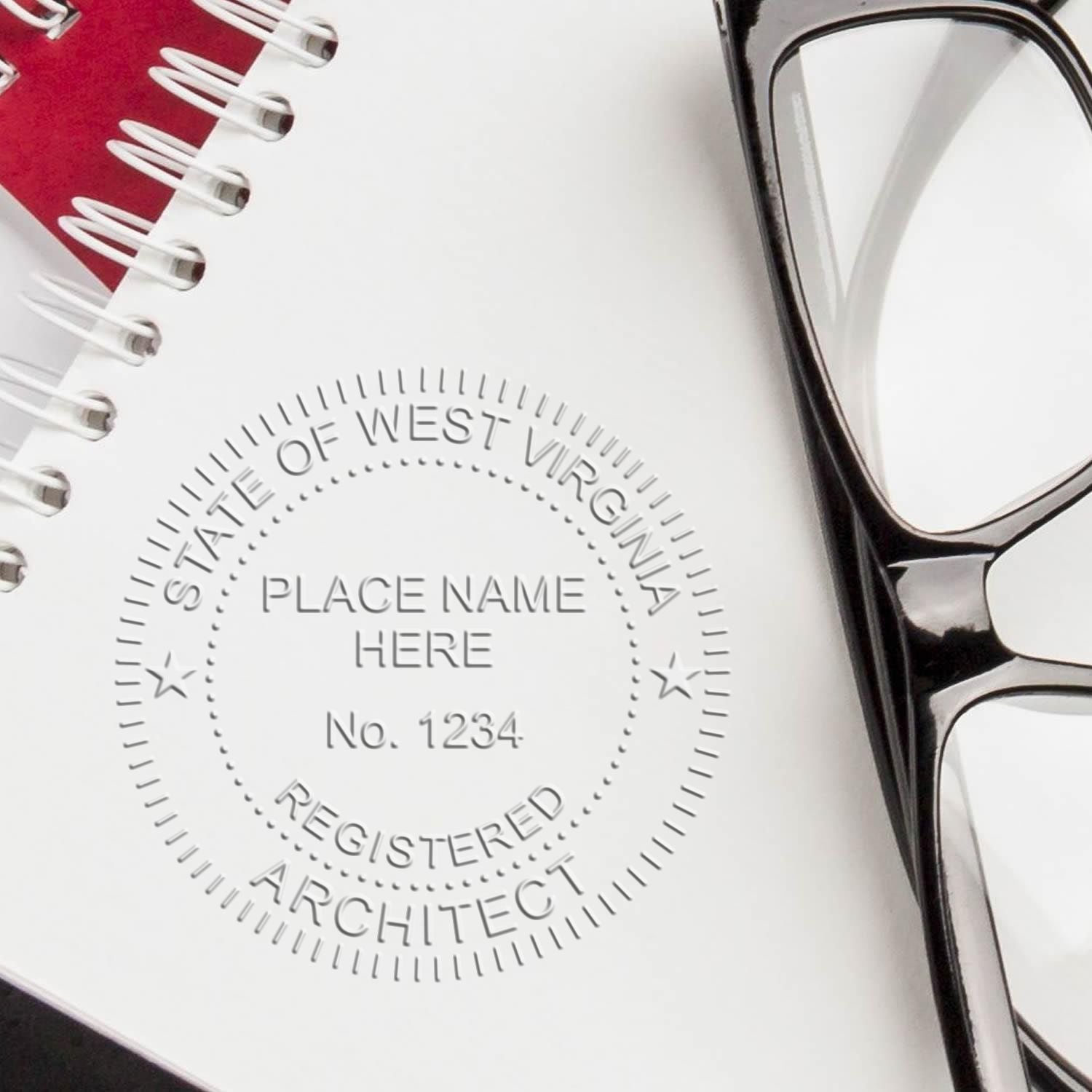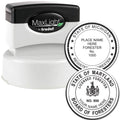When someone decides to become an architect, it comes with a responsibility to not only the occupants of the proposed dwelling but to all of the public in that community. When designed and constructed correctly, buildings and other structures can protect occupants from harsh weather conditions. However, national and state-specific guidelines must be followed for this to happen. If these guidelines are ignored, or rules are broken, the results can be devastating. In West Virginia, the West Virginia Board of Architects sets forth rules as interpretations of the West Virginia State Codes as it applies to architects. Specifically, West Virginia Code 30-12-1, 30-12-3, and 30-1-7a. One of the most important ways to ensure the integrity of a design or plan for a structure is the West Virginia architectural stamps and seals.
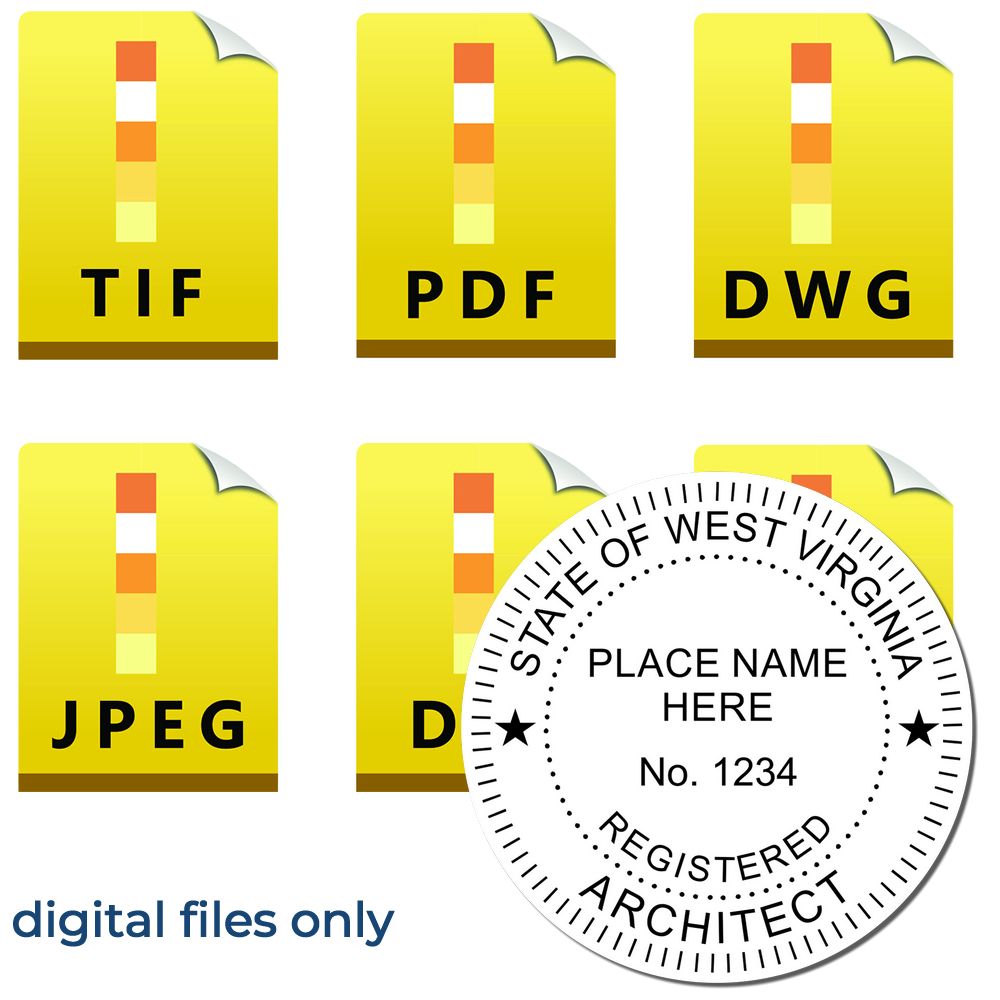
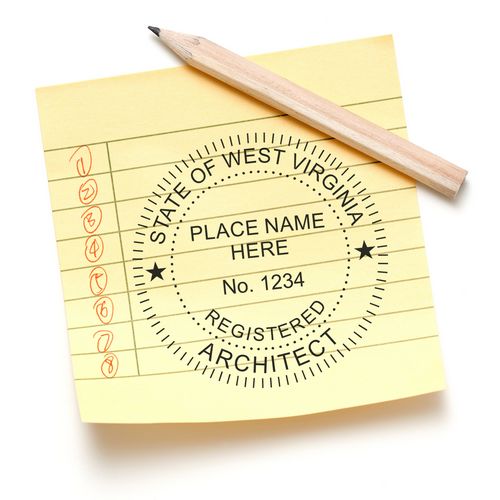
West Virginia Architect Seal Requirements
The actual West Virginia architectural stamps and seals must adhere to guidelines set forth by the West Virginia Board of Architects based upon the associated state laws governing these professionals.
The following are the requirements of the West Virginia Architect Stamp and West Virginia Architect Seal:
- Embossing seal required
- Rubber stamp customary
- The size of the rubber stamp generally to be 1-5/8” in diameter
- Must have “State of West Virginia” on the stamp
- Must have “Registered Architect” on the stamp (essential to contain “Registered”)
- Name of the licensed architect or licensee
- The license number of the architect (with “No.” preceding the license number)
- Electronic seals are permitted
In addition to the above, the seal must be accompanied by a signature and sometimes a date. The signature and date (both required on the index pages) must be handwritten and original, not electronic. Accompanying the seal specifications are the following disclaimers that are permitted to go with West Virginia architectural stamps and seals:
- Preliminary – Do Not Use for Construction
- Progress Drawings – Do Not Use for Construction
- Final Drawing – For Review Purposes Only
Having official West Virginia architectural stamps and seals is the first step in ensuring the integrity of a building or structure and that the architect’s design is following safety protocols.
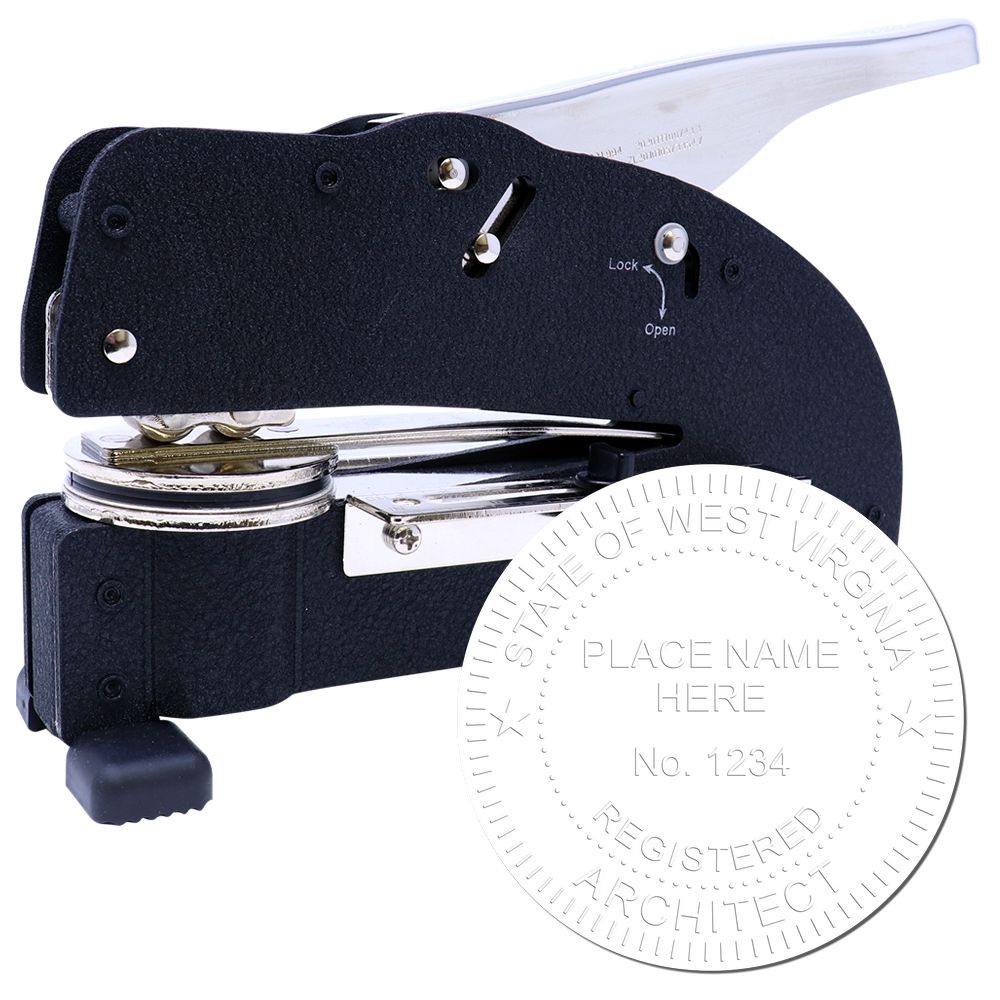
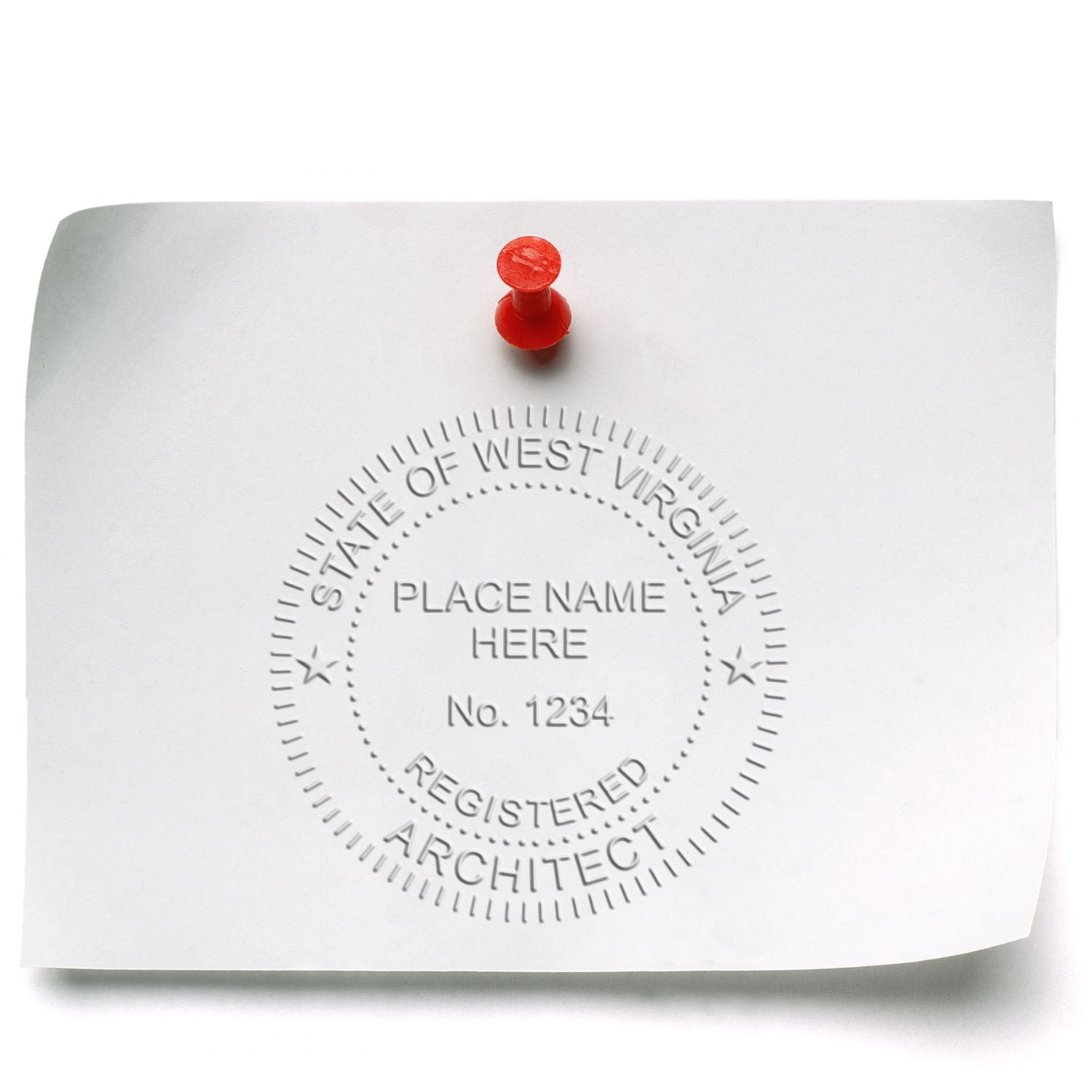
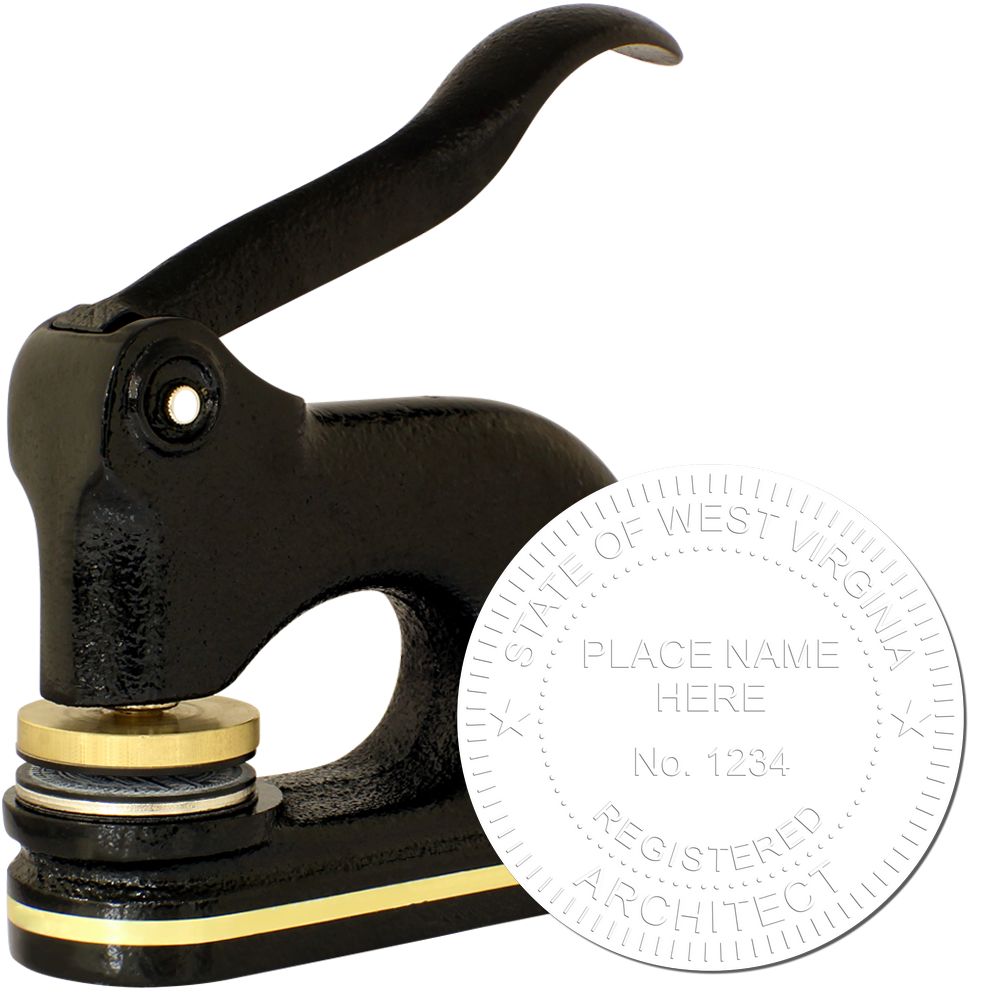

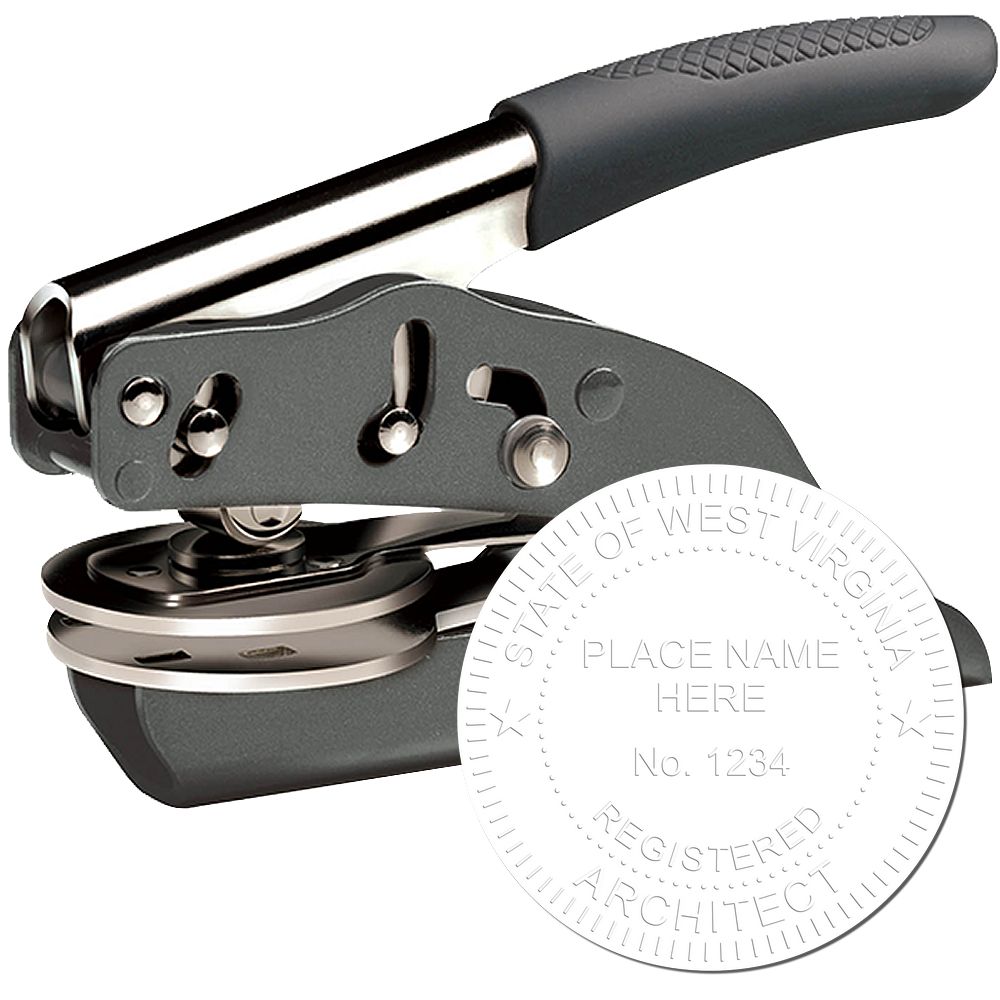

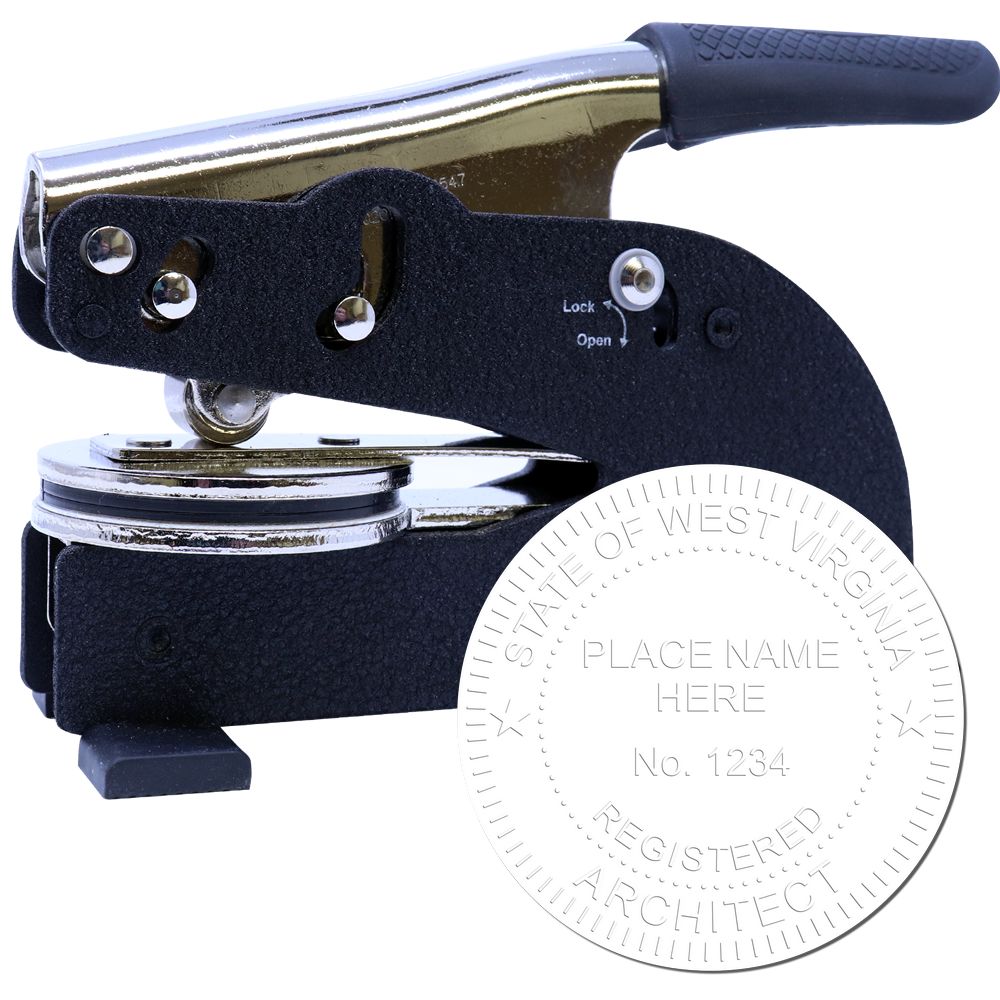

Understanding What Documents Require West Virginia Architectural Stamps and Seal
In West Virginia, certain documents are required to carry an affixed official West Virginia architectural stamp and seal. Other documents do not require it.
Documents Requiring West Virginia’s Architectural Stamps and Seals:
- Any plans or designs prepared for bidding, permitting, or construction of a structure
- Any specifications for bidding, permitting, or construction of a structure
- All changes, technical submissions, and drawings
- Addenda and field changes to documents
- “Record drawings (as-builts)”
Documents not requiring West Virginia architectural stamps and seals include items such as presentation documents or plans that are only communicating the initial stages of an idea for an architectural plan. The licensed West Virginia architect possessing official West Virginia architectural stamps and seals must follow guidelines for affixing his or her seal to documents. The stamps and seals are to be used for designs and plan that he or she has created themselves. Additionally, the West Virginia architectural stamps and seals can be used by the architect to seal any work produced by someone under the direct supervision of the registered architect. After thoroughly reviewing the designs and documents, the registered architect may use the stamp and seal for anyone working with the architect or the architectural firm. Finally, the registered architect is required to display their certificate of registration from the state of West Virginia prominently in his or her place of business. Adhering to these guidelines ensures the life, health, property, and public welfare of the citizens of West Virginia.
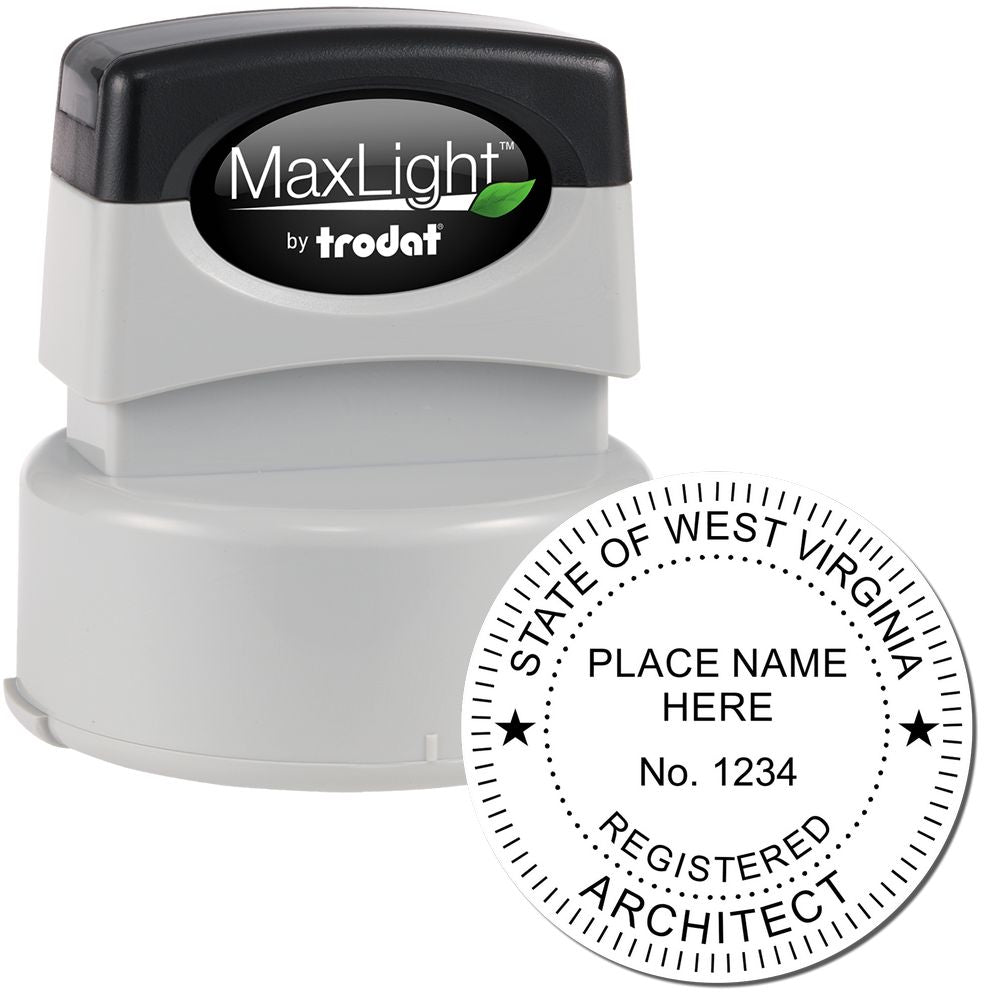

State of West Virginia Self-Inking Architect Stamps
Need to make sure your WV architectural drawings are sealed with total confidence? The Self-Inking West Virginia Architect Stamp offers the perfect solution! Our state board has approved this stamp, meaning it is made according to strict standards of excellence. Plus, you can choose from 11 fantastic ink colors for maximum customization potential. On top of that, these stamps are reinkable, and refills are readily available - so get yours today and start making a lasting impression on all projects!
Architect Pre-inked Stamps
If you're looking for a top-of-the-line, premium-quality West Virginia architectural stamp, you've come to the right place! Our MaxLight Pre-Inked West Virginia Architectural Stamp is made to state specifications from the board and comes in 5 ink colors. It's simple to use - press it into your paper and watch the magic happen! There's no ink pad to replace and it's quiet and clean, making it the perfect stamp for any occasion. So go ahead and make your mark with our MaxLight Pre-Inked West Virginia Architectural Stamp!
Architect Embosser Seal
Want to impress customers with a raised seal impression? Take a look at our line of embossing seals for West Virginia Architects! Custom engraved with your architect information and backed by our state board guarantee. You will be able to choose from a portable handheld unit to a heavy-duty extended long-reach model. From architectural documents to construction ones and blueprints, this embosser will get your stamp of approval across in style. And not only that, but it also comes with a two-year guarantee so you can trust its quality.
Conclusion
In summary, a West Virginia licensed architect must use the figures prescribed by law and affix their stamp or seal on any working drawings they create. This is an important step to ensure the life, health, property, and public welfare of citizens in this state. To make sure all architectural documents are sealed with total confidence, it's best for such architects to use self-inking stamps or pre-inked stamps approved by the board. For added flair and style, embosser seals can be used as well. With these tools, you'll have no problem getting your stamp of approval across in style!
About ESS
If you need a West Virginia architect stamp, we offer various choices. Whether you are looking for a traditional wooden handle stamp or need a pre-inked slim stamp, we will have the right option for you. Each licensee's seal is made based on the specifications prepared for each state. Such architect stamps comply with State laws. And a state board guarantee backs all.


